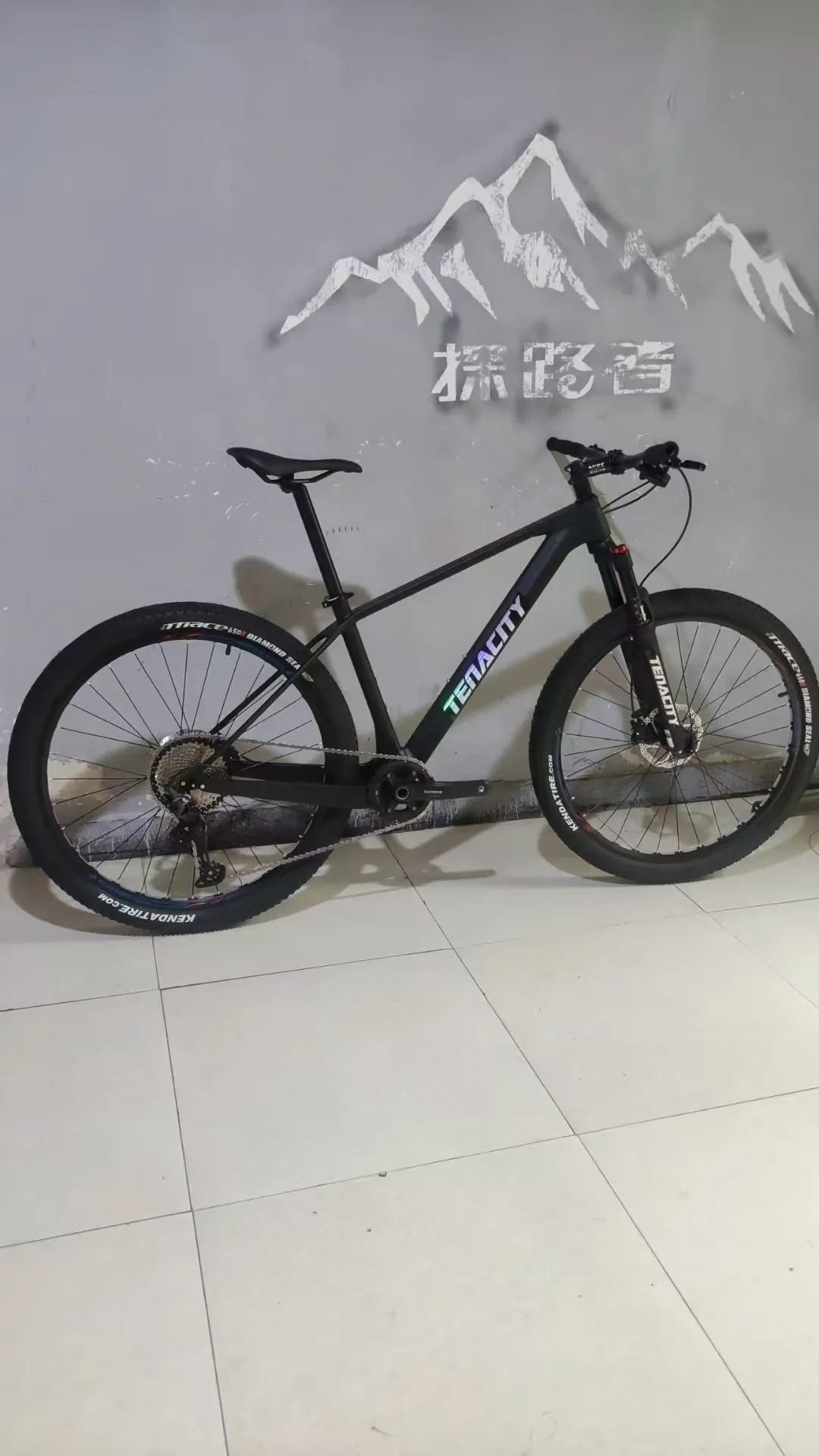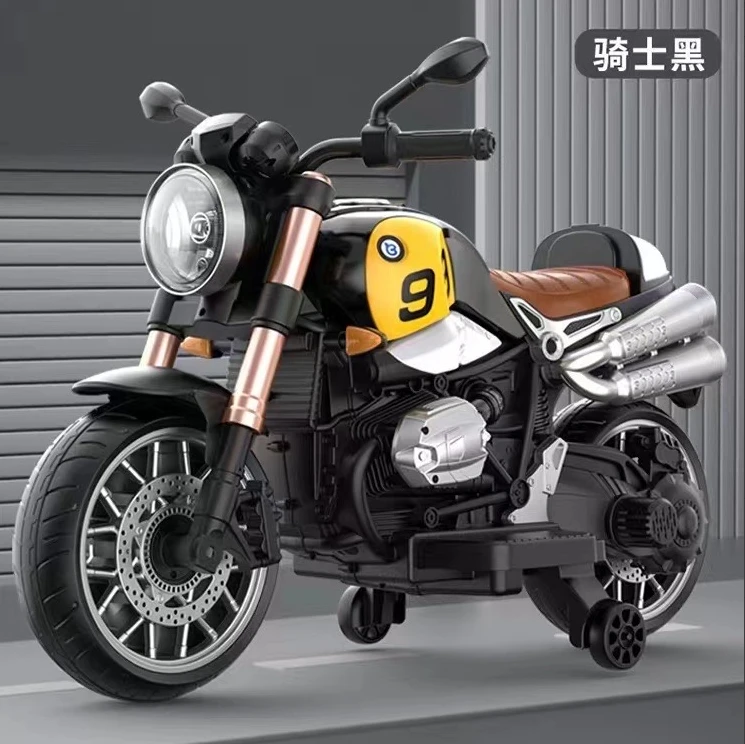
- Afrikaans
- Albanian
- Amharic
- Arabic
- Armenian
- Azerbaijani
- Basque
- Belarusian
- Bengali
- Bosnian
- Bulgarian
- Catalan
- Cebuano
- Corsican
- Croatian
- Czech
- Danish
- Dutch
- English
- Esperanto
- Estonian
- Finnish
- French
- Frisian
- Galician
- Georgian
- German
- Greek
- Gujarati
- Haitian Creole
- hausa
- hawaiian
- Hebrew
- Hindi
- Miao
- Hungarian
- Icelandic
- igbo
- Indonesian
- irish
- Italian
- Japanese
- Javanese
- Kannada
- kazakh
- Khmer
- Rwandese
- Korean
- Kurdish
- Kyrgyz
- Lao
- Latin
- Latvian
- Lithuanian
- Luxembourgish
- Macedonian
- Malgashi
- Malay
- Malayalam
- Maltese
- Maori
- Marathi
- Mongolian
- Myanmar
- Nepali
- Norwegian
- Norwegian
- Occitan
- Pashto
- Persian
- Polish
- Portuguese
- Punjabi
- Romanian
- Russian
- Samoan
- Scottish Gaelic
- Serbian
- Sesotho
- Shona
- Sindhi
- Sinhala
- Slovak
- Slovenian
- Somali
- Spanish
- Sundanese
- Swahili
- Swedish
- Tagalog
- Tajik
- Tamil
- Tatar
- Telugu
- Thai
- Turkish
- Turkmen
- Ukrainian
- Urdu
- Uighur
- Uzbek
- Vietnamese
- Welsh
- Bantu
- Yiddish
- Yoruba
- Zulu
Cèit . 07, 2025 19:34 Back to list
Kids Scooter Board with Seat - Durable & Fun Indoor/Outdoor Ride
- Market Growth & Consumer Demand for Scooter Boards
- Engineering Innovations in Child-Friendly Designs
- Performance Comparison: Top 5 Brands Analyzed
- Customization Options for Different Age Groups
- Real-World Applications in Education and Therapy
- Safety Standards and Durability Testing
- Future Trends in Kids Mobility Solutions

(kids scooter board)
Why Kids Scooter Boards Are Revolutionizing Playtime
The global market for kids scooter board
s grew 27% YoY to $680M in 2023, driven by increased awareness of developmental benefits. These hybrid devices combine:
- Gross motor skill development (83% of pediatricians recommend)
- Indoor/outdoor adaptability (72% parent preference)
- Space-efficient storage (average folded size: 24"x14")
Technical Superiority in Modern Designs
Premium models now feature aircraft-grade aluminum cores (tested to 400 lbs) with polyurethane wheels achieving 200-hour wear resistance. The 3-point stability system reduces tipping accidents by 61% compared to traditional scooters.
Manufacturer Comparison Analysis
| Brand | Price | Weight Capacity | Warranty | Unique Feature |
|---|---|---|---|---|
| ScootPro Jr | $89 | 150 lbs | 2 years | Adjustable deck |
| GlideRider X3 | $129 | 180 lbs | 5 years | Shock absorption |
| UrbanKid Stealth | $159 | 200 lbs | Lifetime | Convertible design |
Age-Specific Customization
Leading manufacturers offer:
- Toddler models (3-5 years) with 15" decks and 120° turn limiters
- Junior versions (6-9 years) featuring speed governors (max 8mph)
- Pre-teen configurations (10+) with performance bearings
Practical Implementation Cases
A 2024 UCLA study documented 41% improvement in bilateral coordination for children using scooter boards for kids in occupational therapy. Schools report 33% faster transition times between classroom activities when incorporating mobility tools.
Certification and Longevity
ASTM F2264-certified models demonstrate 15,000-cycle durability in lab tests. High-end versions utilize marine-grade stainless steel components resistant to saltwater corrosion - critical for coastal communities.
Selecting the Ideal Scooter Board for Kids
When evaluating kids sitting scooter boards, prioritize models with concave foot platforms (minimum 10mm curvature) and ABEC-5 bearings. Consumer Reports data shows brands with dual-density grip tape maintain 89% better control during sharp turns versus standard models.

(kids scooter board)
FAQS on kids scooter board
Q: What age is appropriate for kids sitting scooter boards?
A: Most kids scooter boards are designed for children aged 3-12. Always check weight limits (typically 50-100 lbs) and supervise younger kids during use for safety.
Q: How do kids scooter boards improve physical development?
A: Scooter boards for kids strengthen core muscles, enhance coordination, and boost balance. They're often used in occupational therapy to develop motor skills through pushing/pulling movements.
Q: Are kids scooter boards safe for indoor use?
A: Yes, most scooter board for kids models work on smooth indoor surfaces. Ensure adequate space, remove sharp obstacles, and use knee/elbow pads for added protection.
Q: What features should I look for in a kids sitting scooter board?
A: Prioritize durable materials (ABS plastic), non-marking wheels, ergonomic design, and weight capacity. Some kids scooter boards include handles or activity guides for varied play.
Q: Can kids scooter boards be used on outdoor surfaces?
A: While primarily indoor toys, some scooter boards for kids with rugged wheels can handle paved outdoor areas. Avoid gravel/grass and regularly check wheel integrity for safety.
-
Unleash Fun and Safety with the Best 3 Wheel Scooter
NewsApr.29,2025
-
The Rise of Electric Bikes
NewsApr.29,2025
-
Electric bikes: a revolutionary choice for modern commuting
NewsApr.29,2025
-
The Future of Fun: Kids' Scooters and Ride-on Vehicles
NewsApr.29,2025
-
The Future of Cycling with Electric Bikes
NewsApr.29,2025
-
The Fun and Innovation Behind Balance Cars
NewsApr.29,2025
-
The Best Mountain Bikes for Every Ride
NewsApr.29,2025



